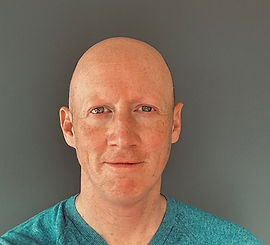

The strongest predictor of positive outcomes in therapy is the therapeutic relationship – the relationship between the client and therapist. As a patient of psychotherapy, I've seen the benefit of having a good relationship with one's therapist. As a therapist myself, I make it a priority to build healthy, connected relationships with my clients.
From there, I use evidence-based methods of therapy, in a flexible way, to best meet your needs. I utilize skills and tools from Cognitive-Behavioural Therapy, Dialectical Behavioural Therapy, EMDR, Mindfulness, Emotionally-Focused Couples' Therapy, and Internal Family Systems.
I see individuals (ages 13+) and couples (ages 18+) for psychotherapy in office, or over a secure online video platform.
My areas of focus include:
-depression
-anxiety
-trauma/PTSD
-ADHD
-rejection sensitivity
-recovery from break-ups
-issues related to love, sex, and relationships
-stress management
-insomnia
-self-harm
-difficulties regulating emotions
-borderline personality disorder
-exploration of gender and sexual identity
-issues related to being LGBTQ
-psychedelic integration (for individuals who have had their own personal psychedelic experiences and have a need to integrate/make sense of their learnings/experiences into their daily lives)
I'm happy to offer free 15 minute phone consultations, to discuss your needs, and to see if you think I might be a good fit for you.
.jpg)
